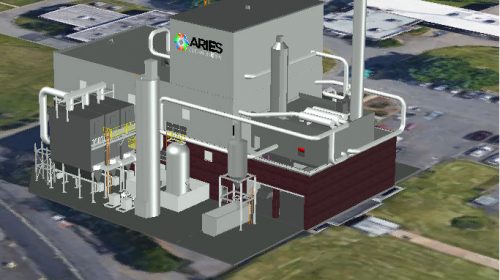Penn State University Department of Civil and Environmental Engineering researchers’ “Evaluation of Two-Atmosphere Thermogravimetric Analysis for Determining the Unburned Carbon Content in Fly Ash” has received the 2019 Outstanding Article Award by the ASTM International Journal of Advances in Civil Engineering Materials.
“[Fly ash] is a promising alternative to portland cement to reduce the embodied energy and carbon dioxide footprint of concrete,” says Associate Professor Farshad Rajabipour, who co-authored the paper with Professor Emeritus Barry Scheetz and Middle Tennessee State University Assistant Professor Mina Mohebbi, a recent doctoral graduate in civil engineering at Penn State. “One challenge with fly ash is the presence of unburned coal/carbon (UC) particles, which interfere with producing high-quality concrete. Correct measurement of the UC content is important to reliably identify ‘bad’ fly ashes without unnecessarily discarding any of the ‘good’ ashes.”
To address current test limits for accurately estimating UC content, researchers propose thermogravimetric analysis (TGA), which carefully monitors off-gassing and mass loss as fly ash is heated. Pairing TGA with mass spectrometry allows them to evaluate thermal decomposition reactions in ash specimens to measure true UC levels. The new method allows better separation of the UC from other sources of mass loss in fly ash, researchers contend, and shows that LOI test methods overestimate UC by up to 6.4 times, potentially excluding good ashes from the concrete market.
Knowledge gained as a result of the work shows how various TGA test parameters impact the accuracy of results. The study will help researchers design an optimal testing protocol with the goal of adoption by standards organizations such as ASTM. TGA project funding was provided by the Pennsylvania Coal Ash Research Group, a consortium of power utility companies, fly ash marketers and consultants.
